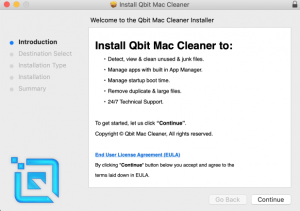

This is your personal library folder that contains your personal settings and app data. Special folders you need to know aboutĬlick the desktop to make sure Finder is selected and then click the Go menu, hold down the Option/Alt key and click Library in the menu. Select anything suspicous and click the minus button. A PUP could be loading when you log in and hiding in the background, displaying adverts every now and then. You are not going to find hardcore malware in such an obvious place as this, but it is still worth looking. Click Users & Groups and then select the Startup Items tab. After all, if it didn't start, it wouldn't be a problem would it? So when looking for problem apps, good places to look are where startup programs are stored.Ĭlick the Apple menu and select System Preferences. Malware, adware and spyware is designed to run automatically when the Mac starts up. After all, that is what the Mac mostly gets and serious infections or really bad malware is rare on the Mac. Hopefully, it will be sufficient to locate and remove less serious forms of malware, adware and PUPs.
#Clean mac from viruses software
There are certain places where software can ensure it is run every time you start your Mac and here I look at the obvious locations. I don't want to get too technical and here I will just look at the basics of seeing what is starting when you log into your Mac.

Where do you start looking if you suspect that adware or something worse has infected your computer? Really nasty viruses, Trojans and other malware are rare on the Mac, but adware is more common and many people are irritated by adverts showing when they are not wanted. Remember the Flashback worm that infected 600,000 Macs a few years ago? It could happen again.

There have been many cases of malicious software infecting Apple Macs and there is a chance that your computer could already be compromised. Could your your Mac part of a malware botnet? Is there adware or spyware on it? Where do you start looking for PUPs (potentially unwanted programs)? Let's look at the basics of security.


 0 kommentar(er)
0 kommentar(er)
